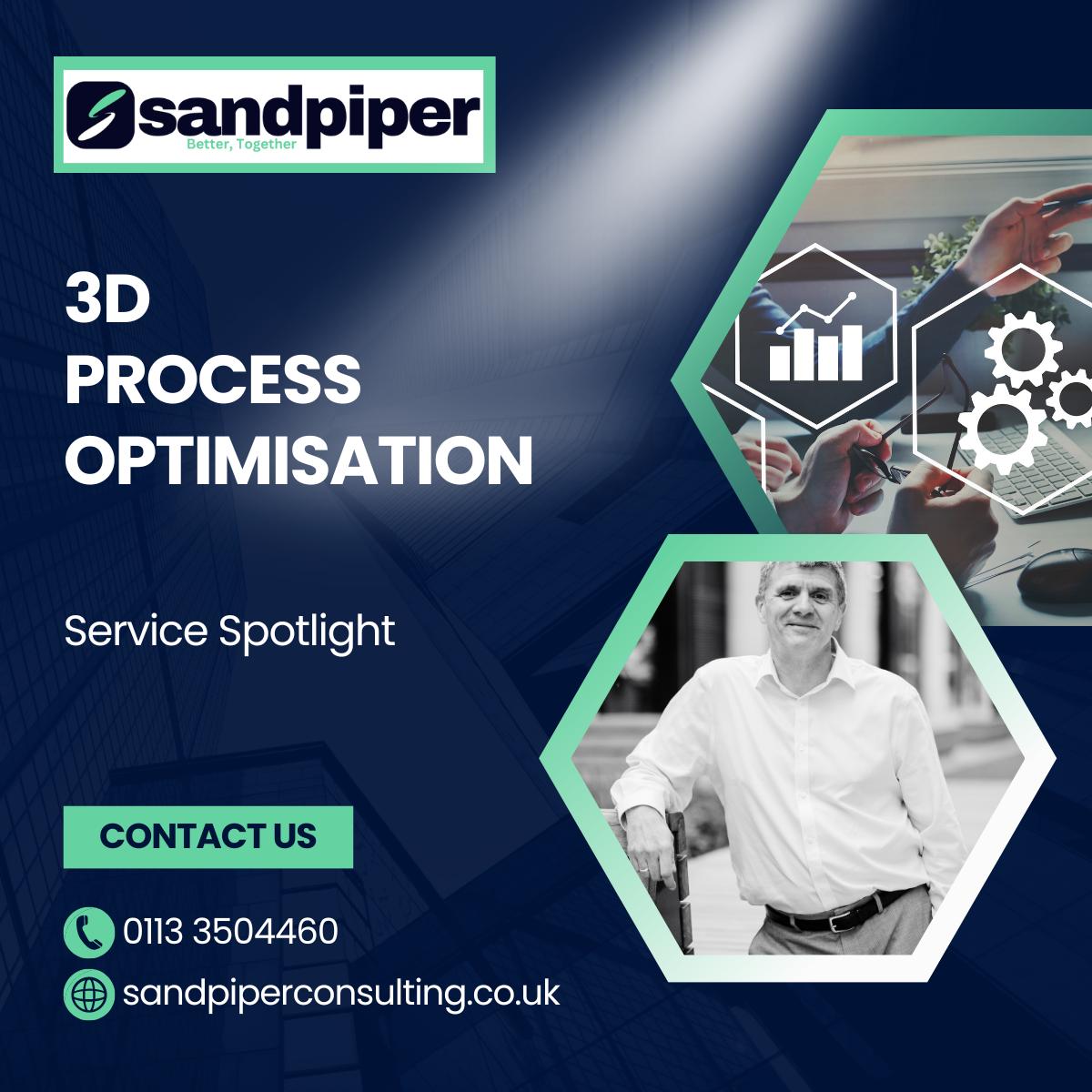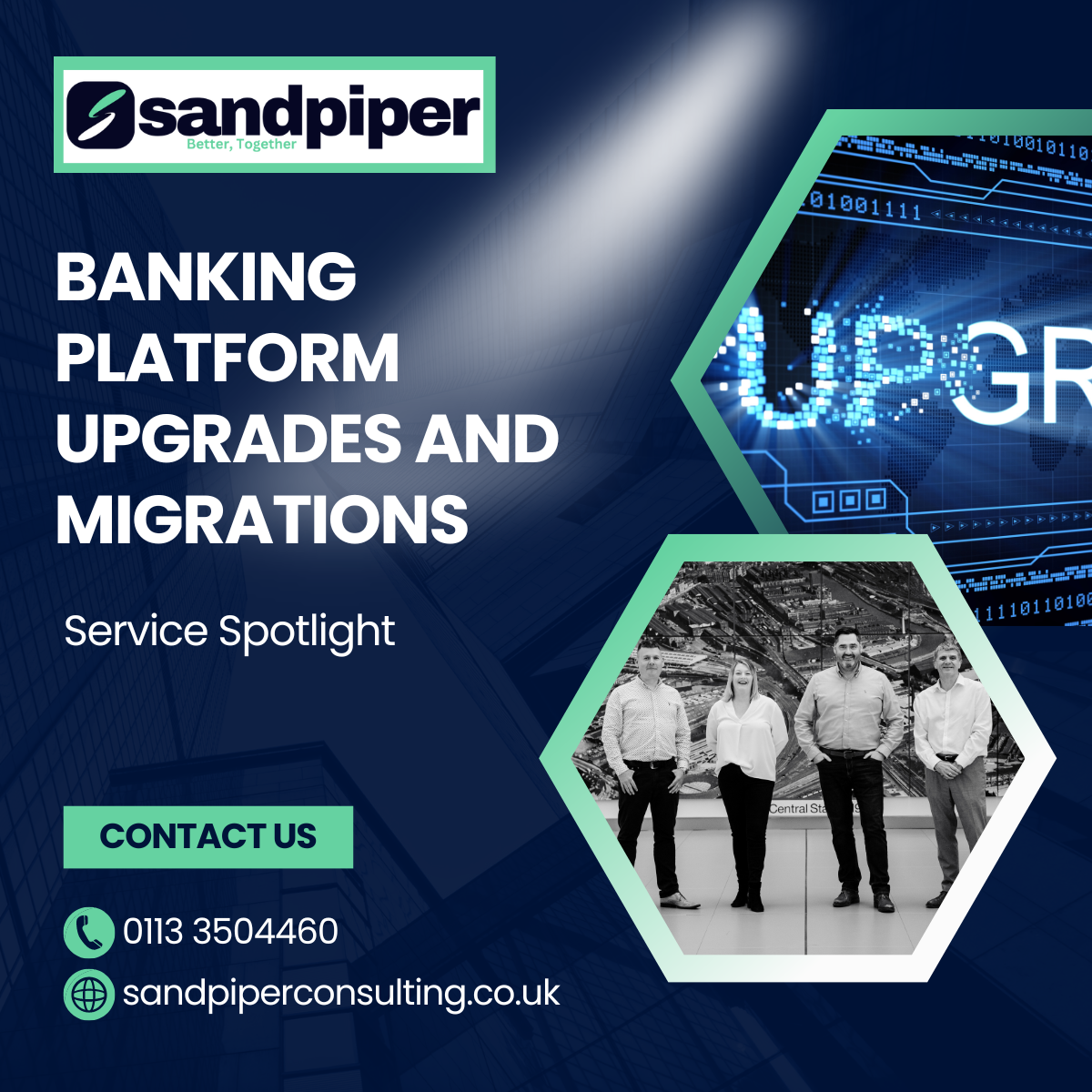
Agile and Waterfall
Agile and Waterfall are two popular project management methodologies used by organizations around the world. The two methodologies have distinct approaches to project management, each with its benefits and drawbacks. In this article, we will explore the differences between Agile and Waterfall methodologies.
Waterfall methodology is a traditional project management approach. It is a linear and sequential methodology where each phase of the project is completed before moving on to the next phase. The five phases of Waterfall methodology are requirements, design, implementation, testing, and maintenance. Each phase has its set of objectives and deliverables, and the project manager must ensure that each phase is completed before moving on to the next.
On the other hand, Agile methodology is a more flexible and iterative approach to project management. It focuses on continuous delivery of small increments of work known as sprints. The Agile methodology is based on the Agile Manifesto, which prioritizes individuals and interactions, working software, customer collaboration, and responding to change.
One of the significant differences between Agile and Waterfall methodologies is their approach to project planning. In Waterfall methodology, the project plan is defined at the beginning of the project, and any changes made later on can be difficult to implement. However, in Agile methodology, the project plan is not fixed, and changes can be made throughout the project’s lifecycle.
Another significant difference between the two methodologies is their approach to risk management. Waterfall methodology is a conservative approach that aims to minimize risks by defining a comprehensive project plan and following it strictly. However, Agile methodology is a more dynamic approach that encourages risk-taking and adapts to changes quickly.
In terms of project execution, Waterfall methodology is suitable for projects with well-defined requirements, and the scope is well-understood. The Agile methodology, on the other hand, is ideal for projects with evolving requirements and scope.
Finally, Waterfall methodology is suitable for projects with a fixed budget and timeline. The Agile methodology is suitable for projects with flexible budgets and timelines.
In conclusion, both Agile and Waterfall methodologies have their benefits and drawbacks. The choice between the two depends on the project’s nature, requirements, and scope. Organizations must choose the methodology that best suits their needs to ensure project success.




